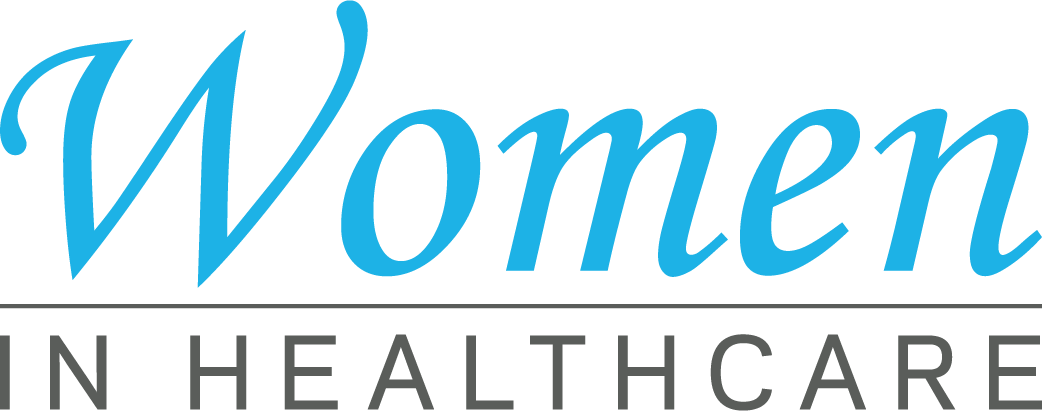Healthcare RCM: Optimize Revenue Cycle Administration for Better Outcomes
Wiki Article
A Comprehensive Overview on Just How Medical Care RCM Works to Streamline Billing and Collections
Browsing the complexities of health care revenue cycle monitoring (RCM) is vital for suppliers aiming to boost their payment and collections processes. The guide unpacks the ins and outs of RCM, from patient registration to accounts receivable management, using insights into optimizing each action.Recognizing Income Cycle Monitoring
Grasping the intricacies of Earnings Cycle Administration (RCM) is crucial for healthcare organizations aiming to maximize their economic performance. RCM is an essential administrative function that incorporates the entire financial procedure of patient treatment, from the first consultation readying to the final repayment of the balance. It is an intricate procedure developed to determine, collect, and handle the revenue from the solutions offered to clients. Reliable RCM ensures that doctor receive accurate and prompt settlements, decreasing the risk of income loss and improving capital.The RCM process begins when a person timetables a visit and prolongs with the individual's care trip, consisting of invoicing and collections. A key purpose is to lower the time between getting and giving a service repayment, hence boosting the organization's financial health and wellness. RCM entails numerous functions such as client enrollment, insurance policy verification, cost capture, coding, asserts entry, repayment posting, and handling appeals and rejections.
Key Components of RCM
In the world of Revenue Cycle Management (RCM), understanding its crucial parts is basic to accomplishing monetary effectiveness within medical care organizations. RCM is a comprehensive process that incorporates various phases, each critical to guaranteeing effective payment and collections. The key elements include person registration, insurance confirmation, fee capture, coding, claim entry, payment uploading, and receivable monitoring.

As soon as coded, claims are submitted to payers, where precision is paramount to avoid hold-ups or rejections - Healthcare RCM. Settlement uploading entails videotaping the received payments, which enables for the reconciliation of accounts. Lastly, accounts receivable administration concentrates on monitoring and addressing unpaid claims, guaranteeing timely follow-up and resolution
Each component of RCM is adjoined, and inadequacies in any kind of component can interrupt the entire cycle. As a result, grasping these elements is important for healthcare suppliers to maximize earnings and improve their financial wellness.
Approaches for Effective Invoicing

Systematizing payment treatments across the organization is an additional key technique. Establishing clear standards for paperwork, coding, and submission aids keep consistency and compliance with regulatory requirements. Educating team regularly on these treatments ensures every person is updated with the latest modifications in billing codes and payer policies.
Accurate fee capture is important in avoiding revenue leak. Carrying out regular audits and tracking systems enables the recognition and adjustment of disparities before they influence income. In addition, preserving open lines of interaction with payers assists to promptly fix any disagreements or misunderstandings that might arise.

Last but not least, interesting individuals early in the invoicing process by giving clear price quotes and academic materials concerning their financial duties can dramatically minimize confusion and boost repayment timeliness. These techniques jointly add to a more economically healthy and effective billing system.
Enhancing Collections Processes
Offered the intricacies of medical billing and the variety of payer demands, improving the collections process includes carrying out critical actions that guarantee accurate and prompt settlement of solutions provided. Automation devices can help in tracking case statuses, sending out prompt suggestions to people, and taking care of rejections extra properly.Clear and transparent person communications are essential. Giving in-depth explanations of costs and providing flexible repayment plans can raise client satisfaction and timely payments.
Routine audits of the collections process should be conducted to recognize areas for renovation and guarantee conformity with regulations. By examining data, health care organizations can determine fads, expect potential problems, and adapt methods accordingly (Healthcare RCM). Eventually, a well-enhanced collections process not just supports financial health and wellness yet also adds to a much more seamless experience for people and staff alike
Optimizing Earnings Streams
Building upon the foundation of a strong collections procedure, medical care organizations can even more strengthen their financial stability by tactically maximizing revenue streams. This involves a multi-faceted method, starting with a comprehensive analysis of existing income resources to recognize ineffectiveness and areas for development. Using advanced data analytics devices makes it possible for organizations to get insights into payer mix, client demographics, and solution application patterns, allowing for data-driven decisions that improve earnings capture.Executing automated payment systems can significantly decrease errors and accelerate claims refining, guaranteeing that income is gathered a lot more effectively. Moreover, enhancing payer contracts through regular negotiations can boost repayment prices and terms, straight affecting the bottom line. Diversifying click here to read service offerings, such as incorporating telehealth or health programs, can additionally bring in a more comprehensive person base, thus boosting revenue potential.
An additional critical part is improving client engagement and complete satisfaction, as satisfied people are most likely to abide by therapy plans click now and make timely settlements. Using flexible settlement choices and transparent payment methods can boost collections and foster person loyalty. Healthcare RCM. By adopting these approaches, health care organizations can develop a much more resilient monetary structure, making certain sustained development and stability in an ever-changing industry landscape
Final Thought
Finally, medical care Income Cycle Monitoring (RCM) plays a critical function in maximizing invoicing and collections processes by incorporating essential parts such as client enrollment, insurance coverage verification, fee capture, coding, asserts submission, and receivable management. By utilizing innovative innovation, systematizing treatments, and fostering individual involvement, health care providers can significantly minimize insurance claim rejections, accelerate repayment cycles, and improve capital. This detailed approach to RCM eventually causes boosted financial effectiveness and sustainability for medical care companies.The RCM process begins when a client routines a consultation and extends through the client's treatment trip, consisting of payment and collections.An additional vital element is boosting person engagement and fulfillment, as completely satisfied people are more likely to adhere to treatment plans and make timely repayments. Using adaptable settlement options and transparent invoicing methods can boost collections and foster patient loyalty.In verdict, medical care Revenue Cycle Management (RCM) plays an important role in optimizing payment and collections procedures by incorporating have a peek at this site crucial elements such as client registration, insurance confirmation, cost capture, coding, declares submission, and accounts receivable management. By using innovative modern technology, standardizing procedures, and fostering individual engagement, health care service providers can significantly reduce claim denials, accelerate settlement cycles, and improve cash circulation.
Report this wiki page